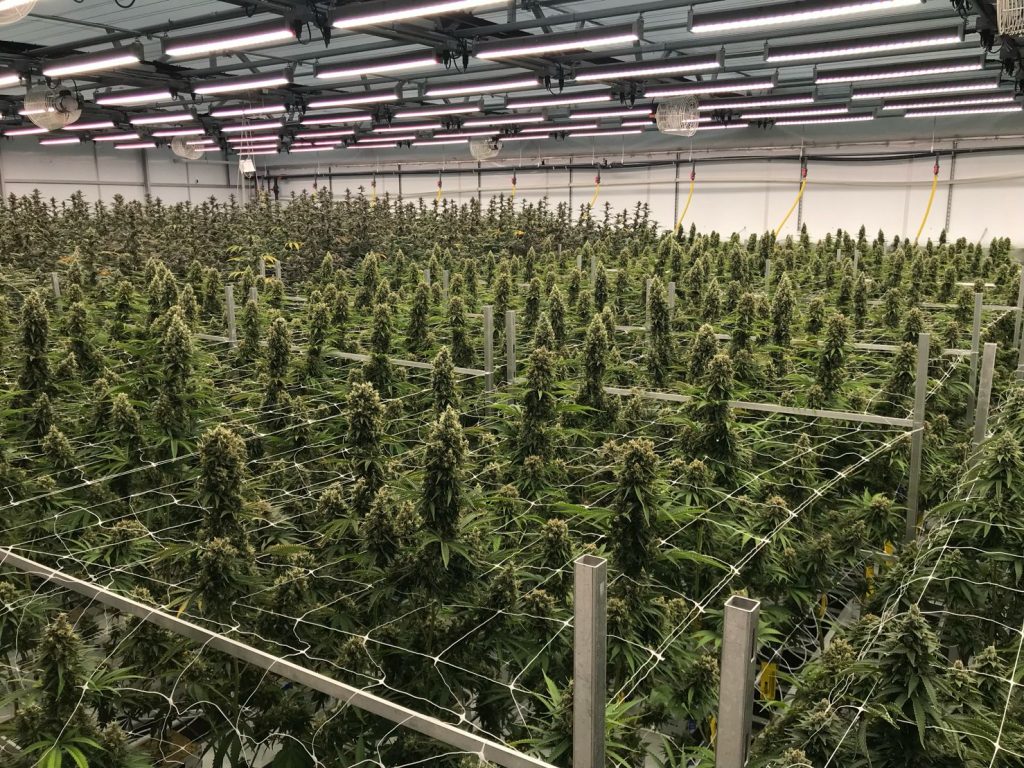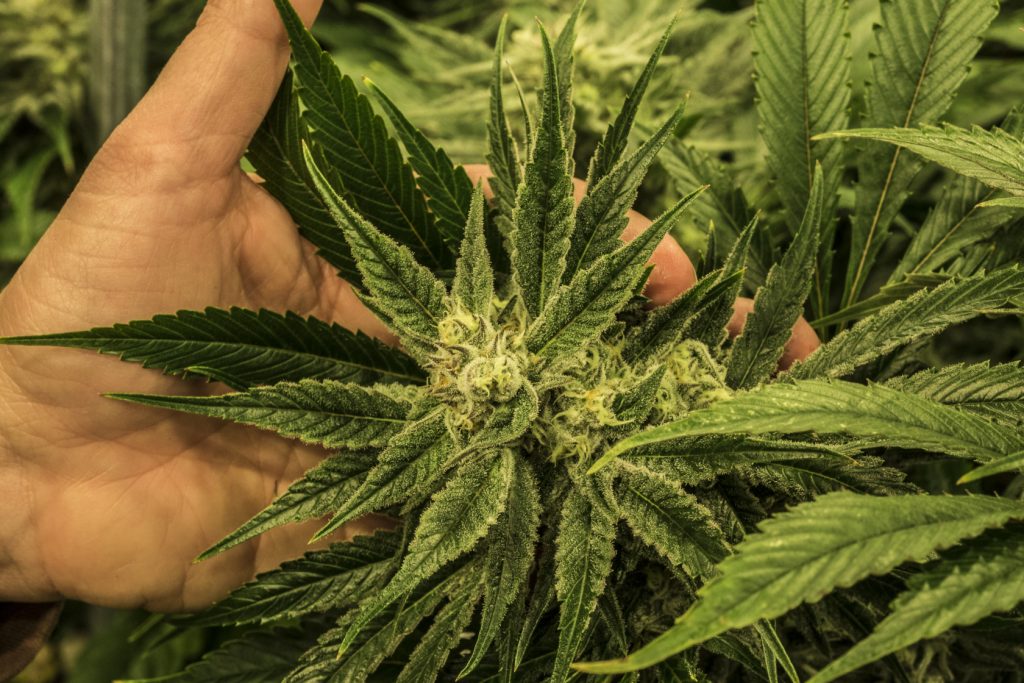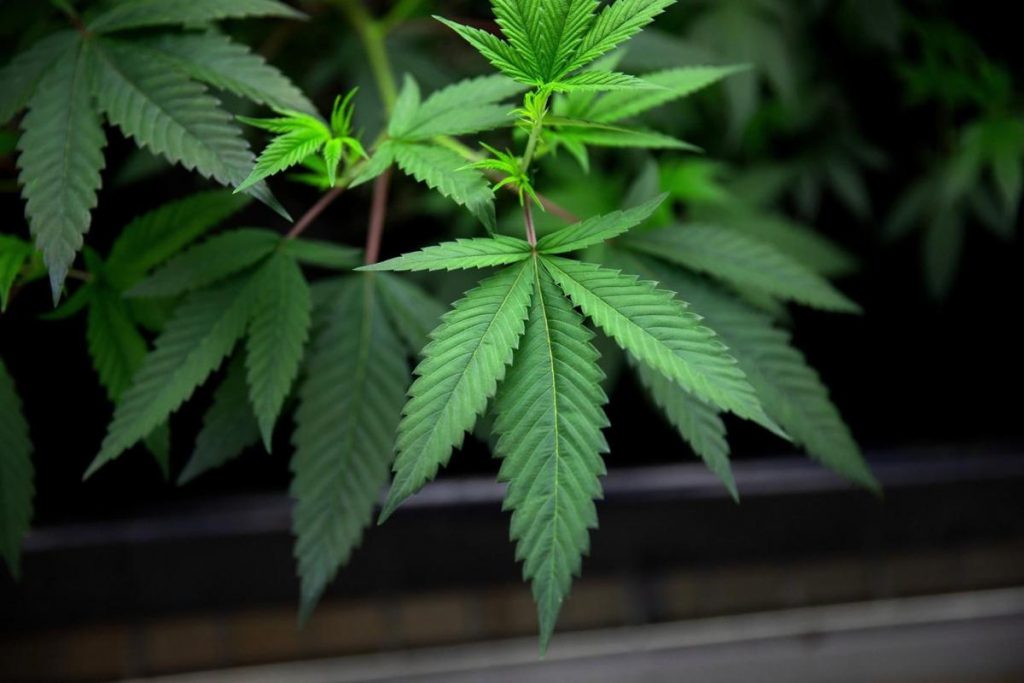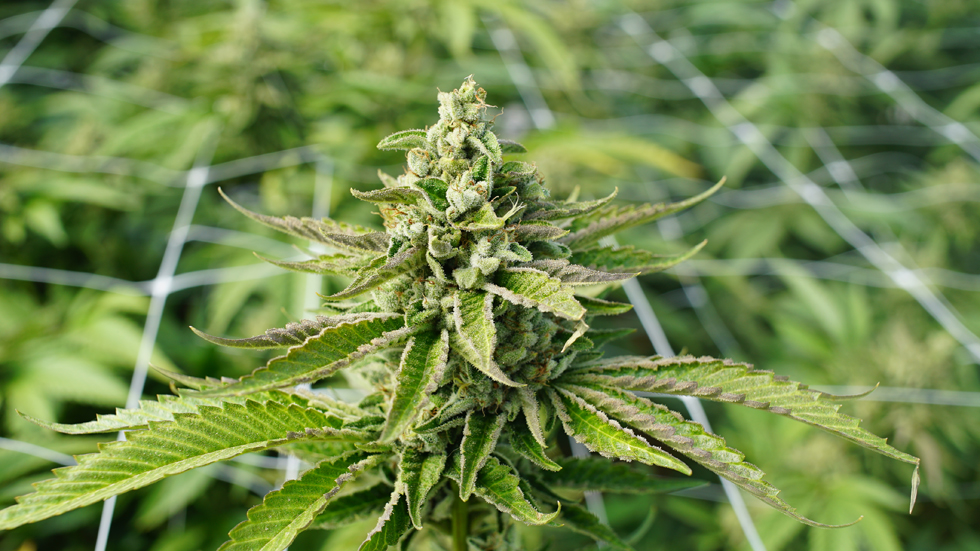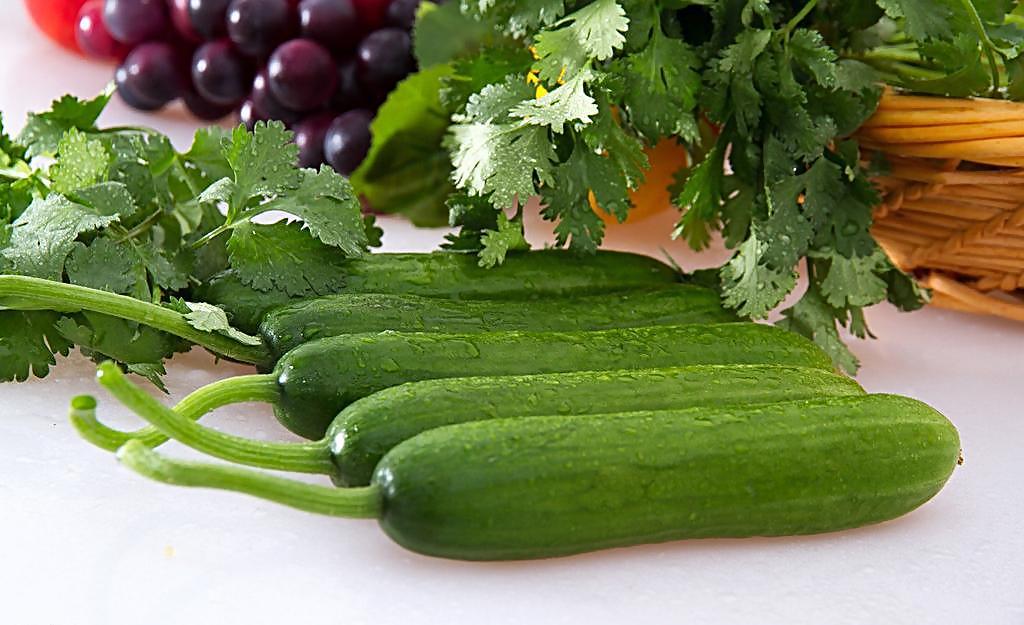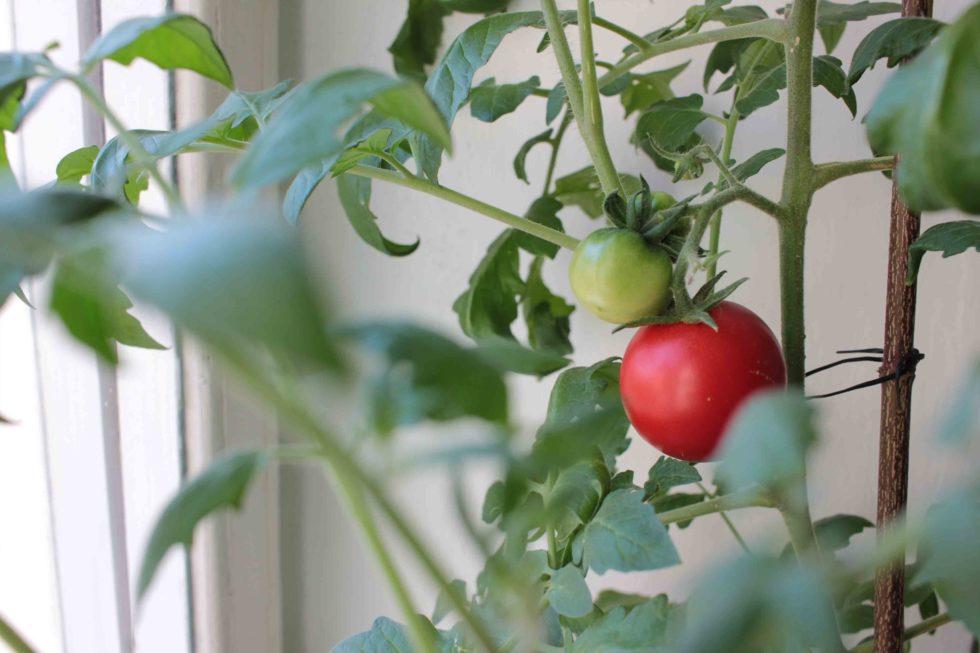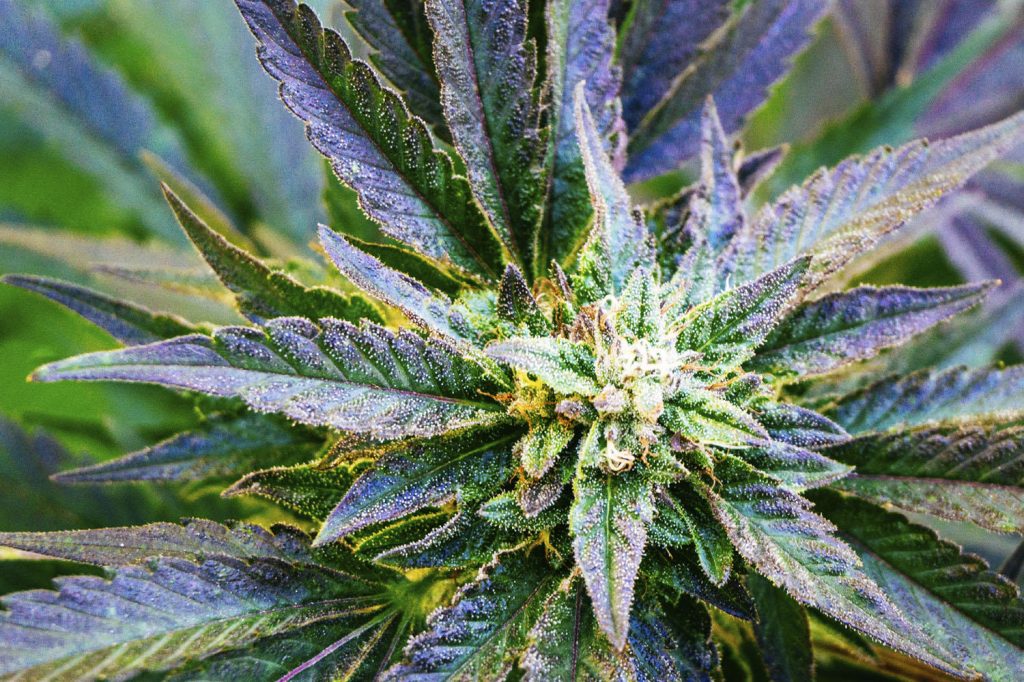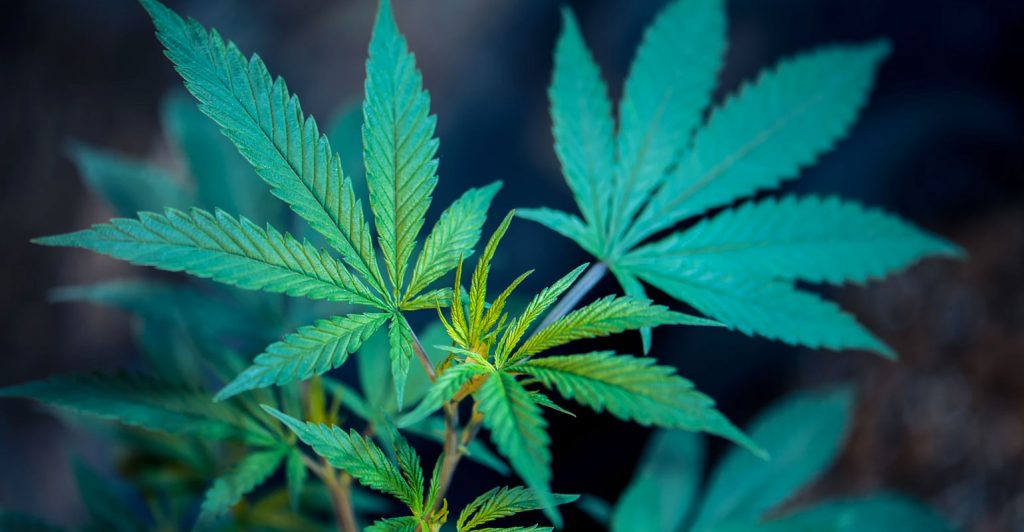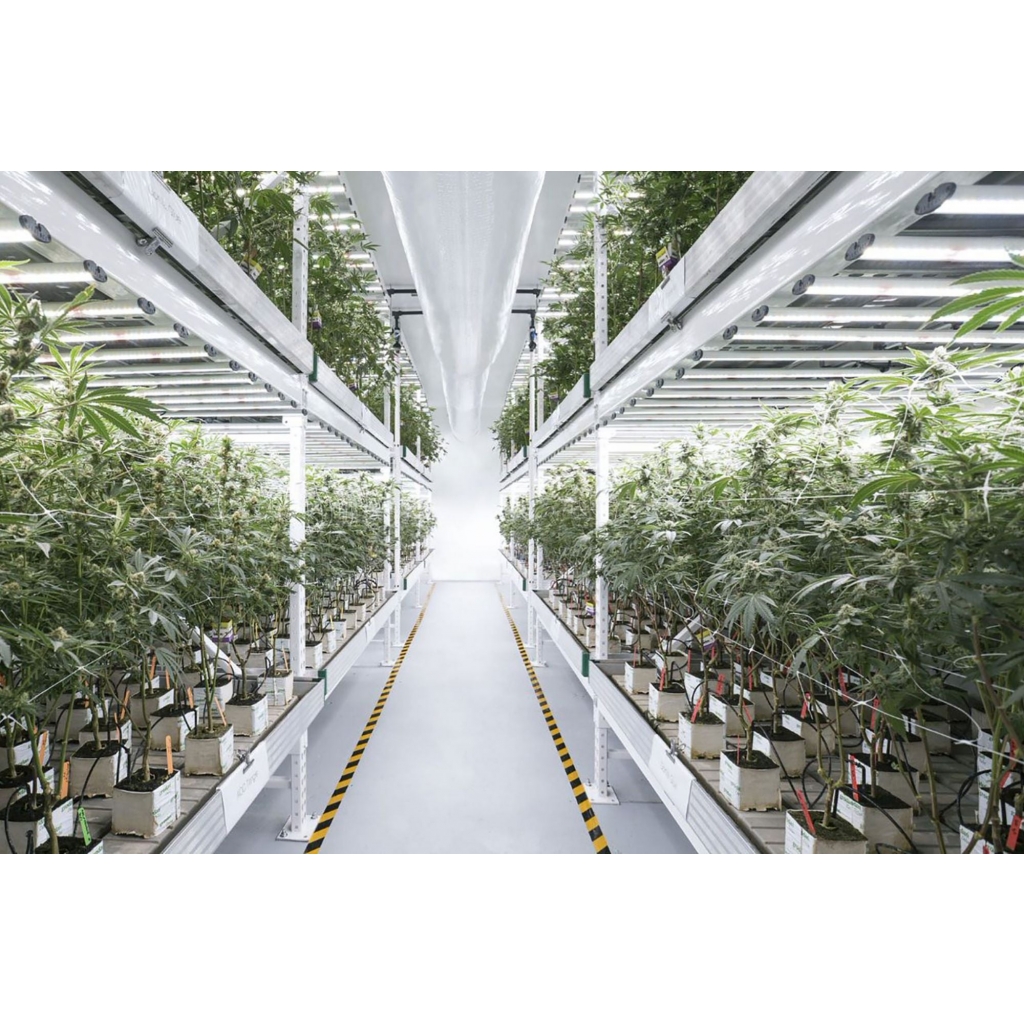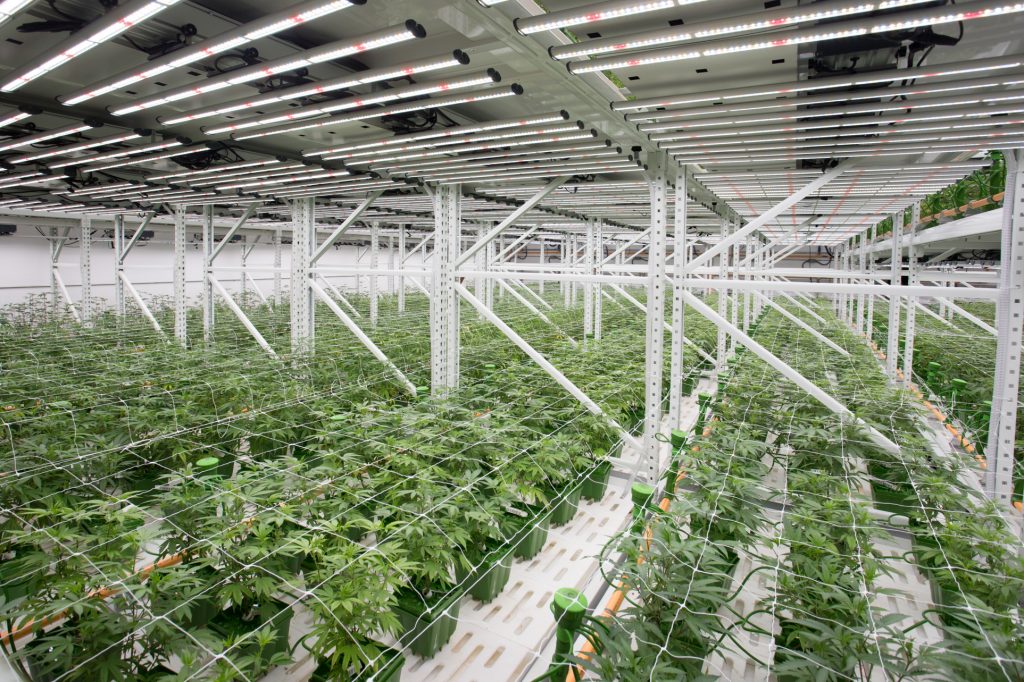Lighting Considerations For Growing Cannabis In A Greenhouse
Greenhouses are an important technology in the eyes of gardeners. They allow growers to save energy when it comes to lighting and heating by taking advantage of natural resources. At the same time, they don’t expose plants fully to the elements of the outside world. They protect against harsh winds and cold snaps, whilst enhancing heat and light.
Perhaps the greatest benefit of cultivating within a greenhouse is the extension of the season. Growers can utilise the sunny skies of early spring and late autumn, periods when plants don’t thrive particularly well outdoors. This enables growers to get a headstart on the season, and also means extra time at the end of the season to let plants fully mature. This is especially useful in regions of the world that experience shorter summers.
Although most greenhouse grows will do well using just the light of the sun, some cultivators opt to install supplementary lighting to achieve maximum yields. This may seem as though it defeats the purpose of using a greenhouse in the first place, but it still means using less artificial lighting than when growing entirely indoors. It also means plants get access to full-spectrum natural sunlight, only to be topped up with artificial sources when necessary.
SUPPLEMENTAL LIGHTING
Sunlight offers greenhouse plants optimal full-spectrum light, yet not all greenhouses reside in optimal conditions. During the beginning or end of the season, or in particularly cloudy regions, plants may still fall short of obtaining optimal light exposure. Supplemental lighting is usually considered in regions that receive less than 4–5 hours of good sunlight each day.
Light cycles of between 18–24 hours are used during the vegetative phase of the grow cycle, making it necessary to install additional lighting after the sun has set and before it has risen. The shift to a light cycle of 12-12 is what causes photoperiod strains to enter the flowering phase of the grow cycle.
Outdoor plants don’t necessarily require the same manipulation of the light cycle, as the natural cycles of the sun cause this shift naturally over time. However, supplemental lighting can still be used to extend the light cycle to as long as possible, within the flowering boundaries.
Some growers may even intend to cultivate throughout the winter months, leading to a definite need for artificial lighting. Lighting costs are still lower in a greenhouse, as lamps won’t need to be turned on for as many hours during the day when compared to an indoor growing operation.
Because light is needed for the process of photosynthesis, if plants are lacking in this vital resource, then resulting growth and yields will be suboptimal. When it comes to installing supplemental lighting, there are numerous types growers can choose from, depending on their needs and preferences.
Light spacing within a greenhouse will be spread further apart than with indoor setups due to additional light from the sun. Greenhouse grows will usually feature ⅓ to ½ of the lamps used indoors.

